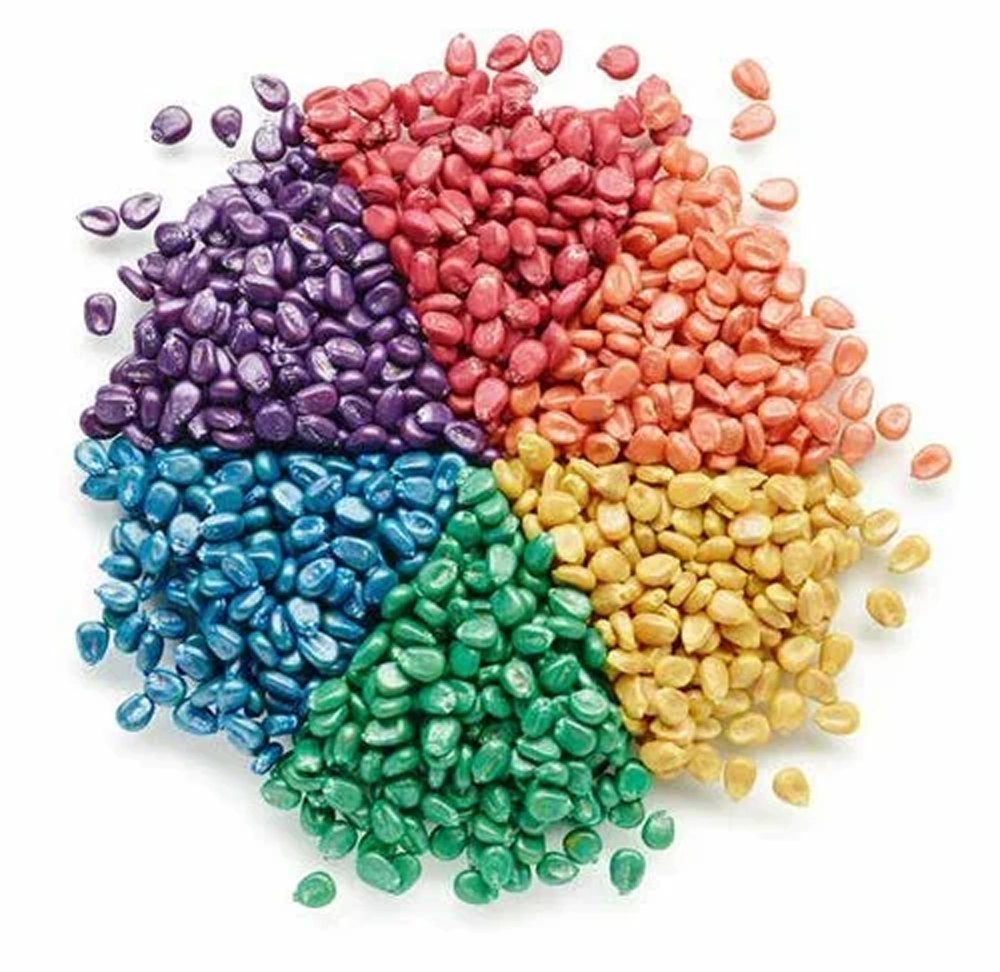Seed-coating is a widely adopted practice that involves applying external materials to seeds, serving as a protective shield against various external factors like salinity, water scarcity, and potential pathogens. This process significantly enhances plant establishment, especially under challenging conditions, making it a promising technology in modern agriculture. The annual value of seed-coating applications globally exceeds US$1 billion, highlighting its economic significance and widespread adoption.

One of the key advantages of seed-coating is its role in delivering viable organisms, especially beneficial microorganisms, which are encapsulated within formulations based on sodium alginates or hydrogels. These formulations contribute to biological control and enhance biodegradation processes, making seed-coating a valuable tool in sustainable agricultural practices.
Seed-coating acts as the first line of defense against external climatic stressors and pathogens while also enabling seeds to adjust their metabolism in response to unfavorable environmental conditions. There are two main methods of seed-coating: melt coats, which dissolve gradually when exposed to moisture, and split coats, which retain their structure and allow moisture passage through capillary action. This technology not only aids in seed germination with reduced water consumption but also ensures that the coating does not negatively impact germination patterns or induce secondary dormancy in seeds.
Modern seed-coating techniques encompass a wide range of advancements, including polymer technology, microbial inoculation, growth regulators, systemic and contact pesticide treatments, and micro- and macronutrient applications. Recent studies have shown that these coating materials effectively carry nutrients, biocontrol agents, and agrochemicals, improving overall plant growth and health without adverse effects on the environment.
Hydrogel-based seed-coating, in particular, has demonstrated remarkable benefits such as improved seed aeration, enhanced germination rates, and reduced drought stress symptoms. Studies have also explored the encapsulation of beneficial microorganisms using materials like chitosan and sodium alginate, resulting in improved plant growth, yield, and soil nutrient content.
The use of alginate for encapsulating seeds has shown promising results in enhancing the activity of antagonistic microorganisms without compromising seedling emergence. This approach represents a forward-looking strategy to boost agricultural productivity while mitigating risks associated with traditional applications.
In addition to its primary role in enhancing germination and plant health, seed-coating technology offers additional advantages such as desiccation prevention and disease control. These multifaceted benefits make seed-coating a valuable and versatile tool in modern agricultural practices, contributing to sustainable crop production and environmental stewardship.

